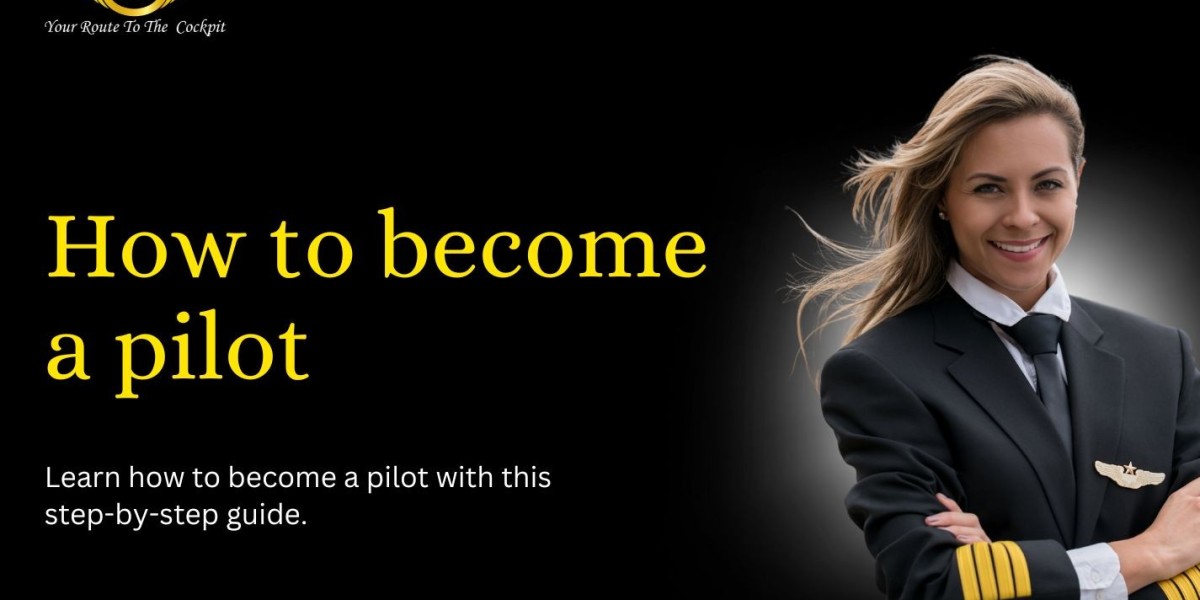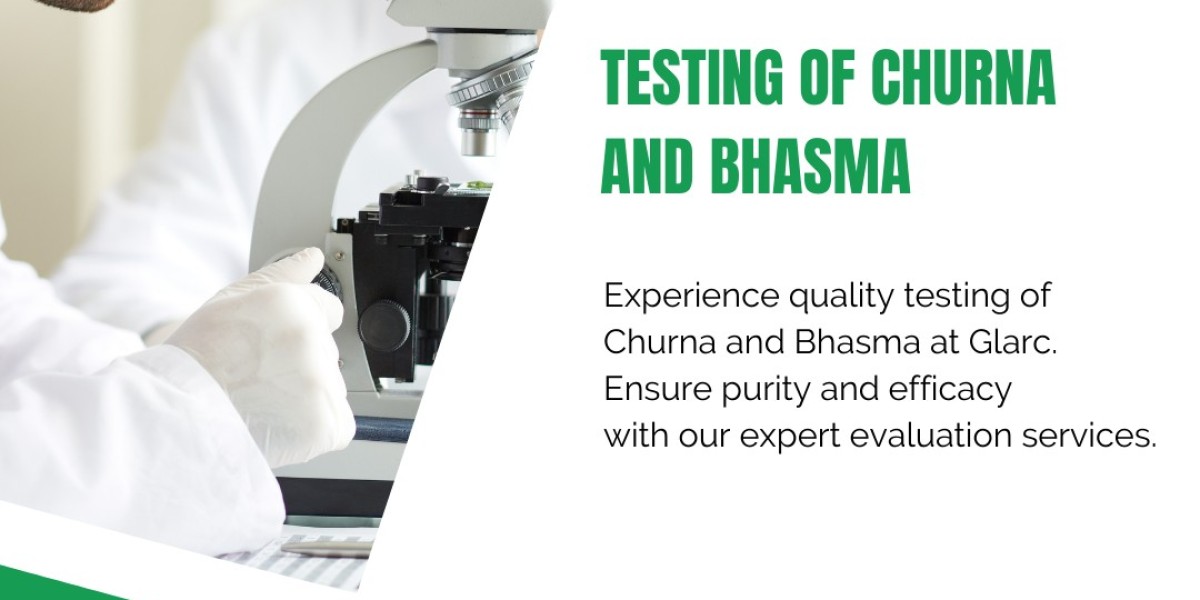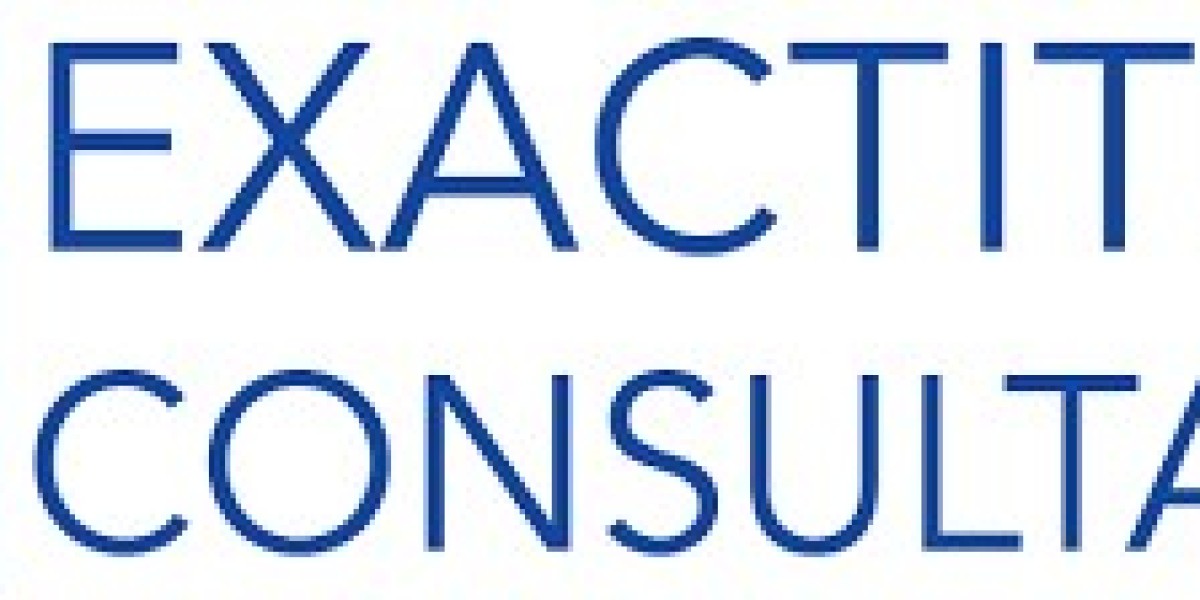How to Become a Pilot: Understanding Flight Training Programs
Becoming a pilot is a dream that many people cherish, but the journey to the cockpit requires dedication, skill, and proper training. Whether you aim to become a commercial pilot, private pilot, or airline transport pilot, understanding the flight training programs is essential to achieve your aviation dreams. In this article, we will discuss how to become a pilot by exploring various flight training programs, their requirements, costs, and tips for success.
What Does It Take to Become a Pilot?
Before diving into flight training programs, it is crucial to understand the basic requirements and qualities needed to become a pilot. To pursue a career in aviation, you must have:
- Educational Qualifications: A high school diploma is the minimum requirement. However, a degree in aviation or related fields can be advantageous.
- Physical Fitness: A Class 1 or Class 2 medical certificate from a certified aviation medical examiner is mandatory.
- Communication Skills: Strong verbal and written communication skills are essential for communicating with air traffic control and passengers.
- Mental Resilience: Piloting requires concentration, decision-making, and the ability to work under pressure.
Understanding these fundamentals is the first step in learning how to become a pilot.
Different Types of Flight Training Programs
When discussing how to become a pilot, the type of training program you choose plays a significant role. Below are some of the most common training programs:
1. Private Pilot License (PPL)
This is the foundational certification that allows you to fly an aircraft for non-commercial purposes. It requires:
- Minimum age of 17 years.
- Completion of ground school training.
- Minimum of 40 hours of flight training (20 hours with an instructor, 10 hours of solo flying).
- Passing the written and practical exams.
2. Commercial Pilot License (CPL)
If you are aiming for a professional career in aviation, obtaining a CPL is essential. It requires:
- Completion of PPL.
- Minimum of 200 hours of flight training.
- Passing written and practical exams.
- Meeting medical fitness standards.
3. Airline Transport Pilot License (ATPL)
This is the highest level of pilot certification, required to become a captain of a commercial airliner. Requirements include:
- Minimum age of 23 years.
- Completion of CPL.
- 1,500 hours of total flight time.
- Passing written and practical exams.
- Additional training on multi-engine and instrument rating.
4. Multi-Engine Rating
This certification is needed for flying aircraft with more than one engine. It is an add-on to the CPL or ATPL and requires specialized training.
5. Instrument Rating
This training focuses on flying in low-visibility conditions using instruments rather than visual cues. It is essential for commercial pilots and recommended for private pilots aiming for advanced proficiency.
How to Enroll in Flight Training Programs
Understanding how to become a pilot involves selecting the right flight school and program. Here are the steps to get started:
Research Training Programs: Compare different schools, training modules, and fees.
Fulfill Basic Requirements: Ensure you meet the educational, physical, and age-related criteria.
Obtain a Medical Certificate: Pass a medical examination to confirm your physical fitness for flying.
Enroll in Ground School: Study aviation theory, meteorology, flight rules, navigation, and more.
Begin Flight Training: Log the required hours of training under certified instructors.
Pass Examinations: Clear written and practical exams to obtain your license.
Cost of Becoming a Pilot
One of the most important aspects of learning how to become a pilot is understanding the costs involved. The training expenses can vary based on the type of license you wish to obtain:
- Private Pilot License (PPL): ₹8 - 12 lakhs
- Commercial Pilot License (CPL): ₹25 - 40 lakhs
- Airline Transport Pilot License (ATPL): ₹50 lakhs and above
Additional costs include exam fees, medical tests, accommodation, and more. Planning your finances beforehand is essential for a smooth journey.
Tips for Successful Pilot Training
Choose the Right Flight School: Select a school with good facilities, experienced instructors, and a structured curriculum.
Stay Committed: Pilot training requires dedication, discipline, and focus. Make sure you remain consistent in your studies and practical training.
Prepare for Exams: Understand the examination pattern, and practice frequently to enhance your skills.
Stay Physically Fit: Regular exercise and proper nutrition are crucial to maintain the required fitness standards.
Stay Updated: The aviation industry evolves rapidly. Stay informed about new regulations and training techniques.
Conclusion
Understanding how to become a pilot involves more than just training; it’s about choosing the right path, staying disciplined, and committing to continuous learning. Whether you aspire to be a private pilot or fly commercial airlines, each step in the training process plays a significant role in your journey.









